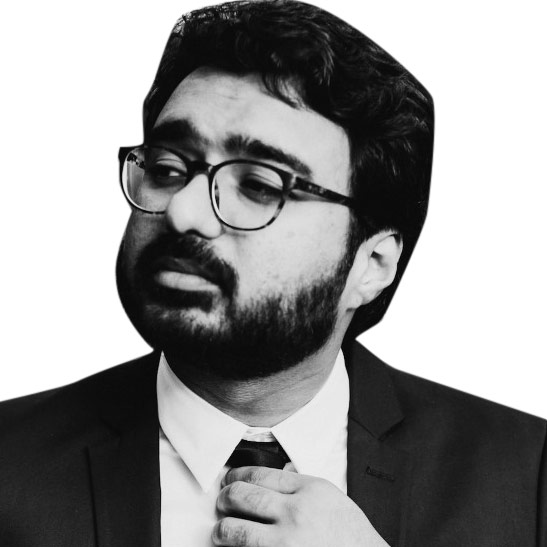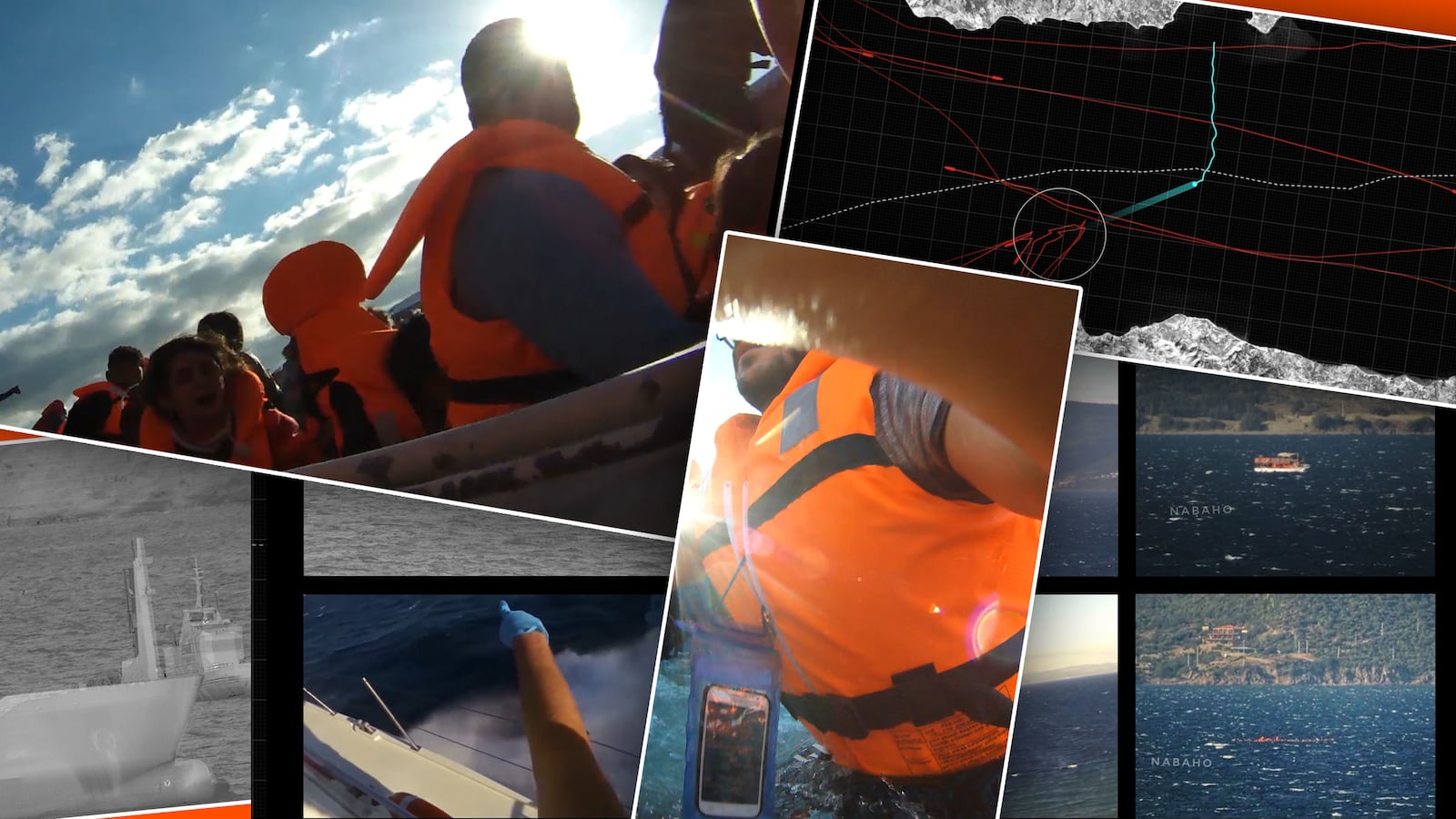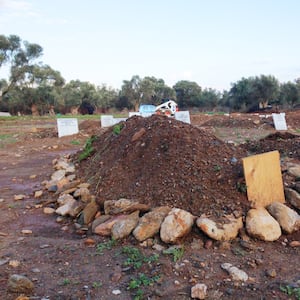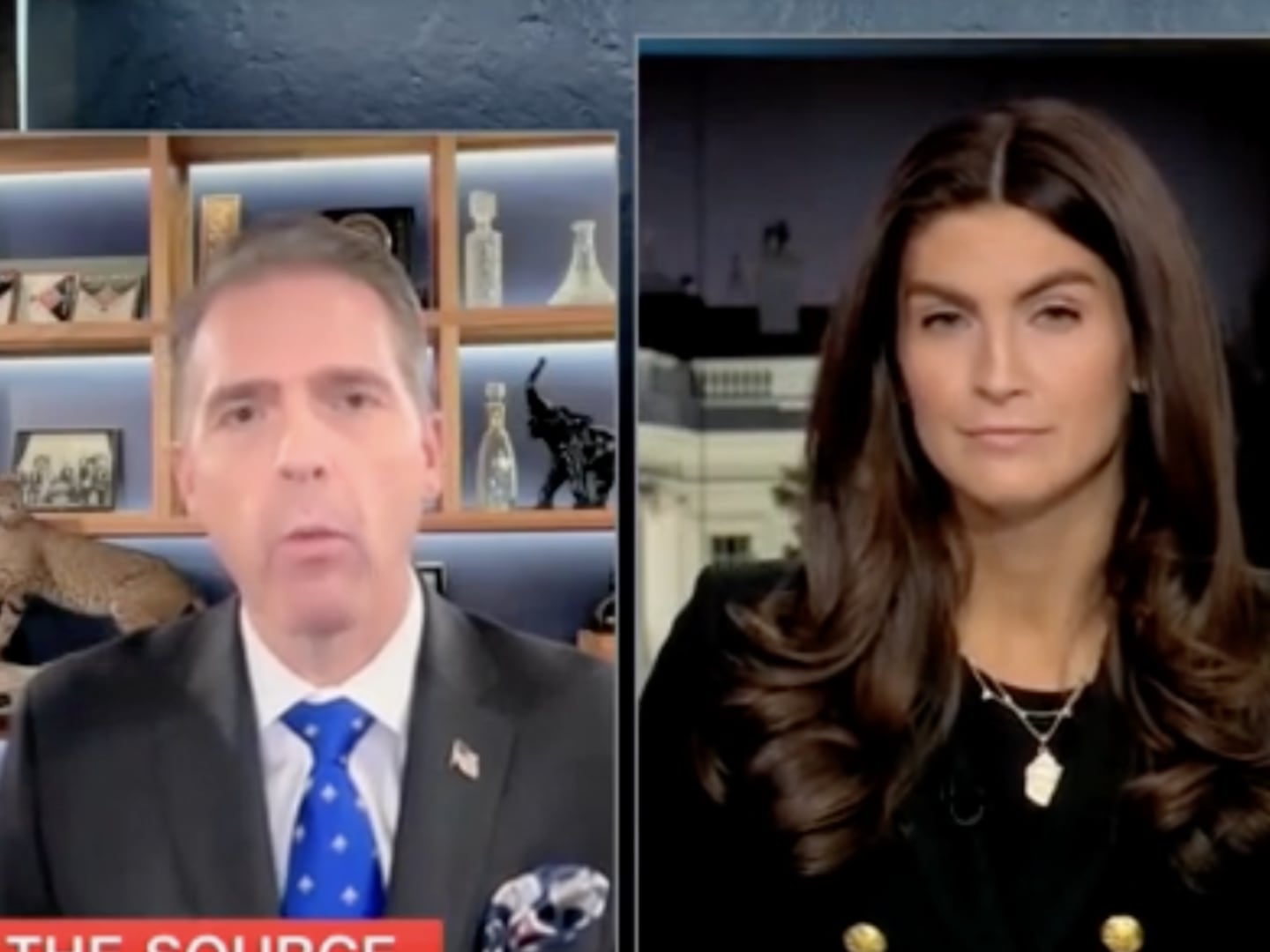On Oct. 28, 2015, Amel Alzakout embarked on a boat from the western coast of Turkey, destined for the Greek island of Lesvos. A Syrian refugee, Alzakout was hoping to join her partner in Germany, where he, a filmmaker, had been invited for the Berlin International Film Festival and had subsequently applied for asylum. Alzakout tried to obtain a spouse’s visa, then a work visa, but was unsuccessful at every turn.
“We tried all the legal ways to reunite, but nothing worked out,” says Alzakout. “After nine months of staying apart, I decided to take the other route that most refugees take: smugglers.”
Tragically, the rickety wooden smugglers’ boat that Alzakout boarded with more than 300 other passengers went down in the middle of the Aegean Sea, resulting in the deaths of at least 43 people—the deadliest incident in the so-called “Long Summer of Migration,” when nearly one million refugees took to the Mediterranean in hopes of reaching Europe.
Shipwreck at the Threshold of Europe, Lesvos, Aegean Sea, a recently released short film, recreates the disaster in staggering detail and implicates European authorities in the resulting deaths.
Shipwreck is produced by Forensic Architecture, a research agency based at Goldsmiths, University of London, which investigates human rights violations. FA had worked with Alzakout’s partner on a previous investigation, after which he informed them of footage that she had filmed during her fateful crossing, using a waterproof camera attached at the wrist. (“I decided to film my trip because I wanted to keep this unusual memory and share it with my partner later,” explains Alzakout.) Although the camera switches on and off, it captures the boat going down in the Aegean, as well as the hours that the shipwrecked passengers spent in the water, waiting to be rescued.

“The first time that we saw the material, she invited us to her home, cooked for us, and showed us the raw film,” says Christina Varvia, deputy director of Forensic Architecture. “It was four hours of footage. It was really like witnessing it.”
Using Alzakout’s footage as the foundation, FA set out to recreate the shipwreck. The deadliness of the incident had attracted international attention, with many reporters and activists already focused on Lesvos due to its proximity to Turkey—less than four miles—which made the island a highly trafficked waypoint for refugees. FA investigators complemented Alzakout’s footage with the journalism and social media produced by on-site observers, plus official government reports, GPS data, and other sources. Most surprisingly, they lucked into infrared footage shot by the artist Richard Mosse as part of his multimedia exhibit, Incoming, which he happened to be filming that day and also lent to FA at their request.
Shipwreck stitches these disparate perspectives together to form a narrative thread, leading viewers through the chaos. According to the film, the boat’s capsizing was likely caused by a combination of unskilled piloting (the smugglers appointed one of the refugees to steer it before absconding on their own ship), rough weather, and a structurally compromised vessel overloaded with passengers and luggage.

But the real insight that Shipwreck brings to the incident is in assigning culpability to Greek and European Union authorities for failing to adequately respond, thereby letting people die needlessly. As the film illustrates, the Greek Coast Guard and Frontex, the E.U.’s border patrol, both arrive on the scene, yet fail to lead the rescue operations. Instead, the Spanish NGO Proactiva (also known as Open Arms) and various fishermen are left to pull people out of the water and onto their jet skis or fishing boats, respectively.
FA argues that the authorities’ negligence was no mistake, but a sort of “active oversight,” in Varvia’s words. The hulls of their ships were too high for people to climb aboard or be pulled up, the crews lacked the proper equipment to effect rescue, and the training provided to them did not even cover CPR. Although the shipwreck occurred in E.U. waters, making the European authorities responsible, the forces that had been dispatched to the area could not have prevented the deaths—nor were they meant to.
“Border patrols are not meant to rescue people,” says Varvia. “They’re meant to deter them.”

Previous FA investigations into human rights violations have been used by national and international courts and parliamentary inquiries, but no such legal action has yet resulted from Shipwreck, although the agency is continuing to explore options. In the meantime, FA took to the most recent Berlin International Film Festival, in February, to premiere the short film alongside Purple Sea, another documentary about the incident produced by Alzakout and her partner.
While both FA and Alzakout feel that Shipwreck helps reveal the plight of refugees—submerging viewers in the experience of casting off on dangerous seas for, hopefully, safer shores—they also acknowledge that, though the “Long Summer of Migration” may be over, the challenges faced by migrants have only grown more extreme. Mere days after the film’s premiere, the Turkish government began pushing refugees over another border with Greece, this time across the Evros River, where Greek security forces responded with lethal violence, killing at least one migrant.

“It’s strong and precise work,” says Alzakout of Shipwreck. “I hope it gets more attention and brings solidarity to what happened—and is still happening.”







